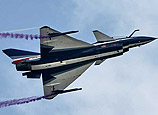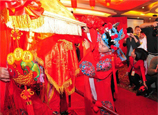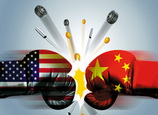
But this time around, she added, the inflows will not be as big as in 2008 and 2009, when low confidence in US dollar made assets in Hong Kong dollars a substitute.
For now, the Hong Kong-US currency peg is safe, she added. It is much easier for the Hong Kong central bank to defend the local currency on the strong side than on the weak side, as it can simply print more money to buy US dollars. Hong Kong's Exchange Fund, which is used to back the Hong Kong dollar, stood at HK$2.65 trillion at the end of September.
What is worrisome, however, is the money-printing caused by the fund inflows. The central bank's market intervention will inevitably inject liquidity into the banking system. This will further push down rates in the interbank lending market.
On Nov 6, the overnight Hong Kong Interbank Offered Rate stood at just 0.06 percent. The banks' aggregate balance, a term used in Hong Kong to measure interbank liquidity, reached HK$180.87 billion that day, up 22 percent from HK$148.65 billion on Aug 6.
Persistent low interest rate levels encourage borrowing and threaten to further inflate asset bubbles.
Liu Ligang, chief China economist at ANZ Banking Group Ltd, felt that apart from Hong Kong dollar assets, yuan assets in the city are also a key investment target.
Yuan assets are made attractive under the prospect of the yuan's appreciation, which increases investment returns in dollar terms. The yuan has touched its daily trading ceiling in the past five trading days.
On Tuesday, the People's Bank of China set the yuan's reference rate against the dollar at 6.3078, up from 6.3449 on Oct 10. The yuan traded at around 6.24 at Tuesday's close. China International Capital Corp Ltd predicts that the reference rate will be at 6.27 at year end.
















 Heavy snowstorm wreaks havoc in NE China
Heavy snowstorm wreaks havoc in NE China


![]()
